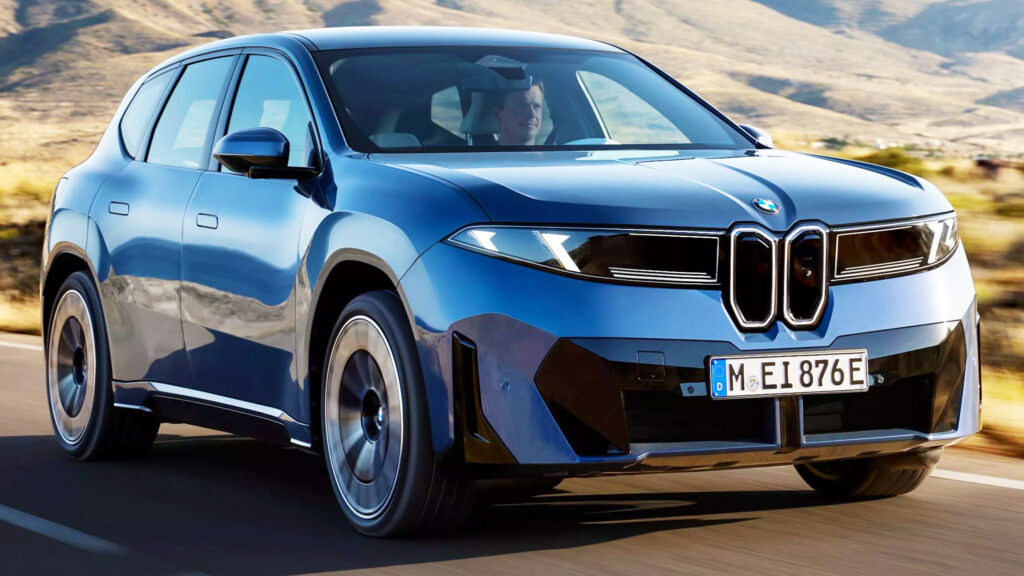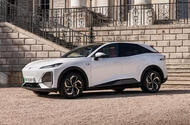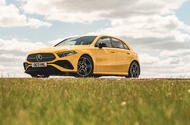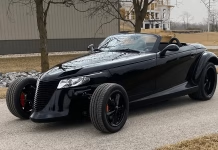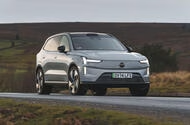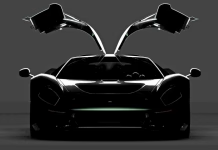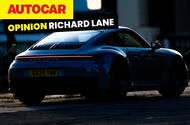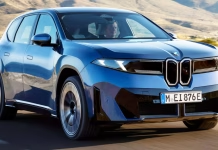Changan leads rapid UK launch with Deepal S07 electric SUV and agile market strategy
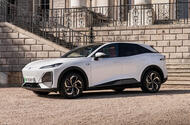
Changan Deepal S07 was designed in Italy and engineered in the UKThe catchphrase 'China speed' doesn't just apply to R&D but also how the firms operate
Not one but two new Chinese car brands will be launched in the UK this month: Chery and Changan. After rapid improvements in design, engineering, technology and branding by Chinese car companies, now comes the scale of their market-readiness.
Chery and Changan have created not just cars but fully fledged car companies too. Both have built large physical dealer networks; set up parts supply chains and warehouses; and worked closely with CAP on residual values and with Thatcham on ensuring cars are easy to repair and therefore cheaper to insure.
For Nic Thomas, UK boss of Changan, the risk is simply “what did I forget?”, given the level of preparation that has gone into Changan’s UK launch.
At the start of 2024, it was just him “doing everything from negotiating with the chairman of a very large European car company to changing the soap in the toilets”. Little over 18 months later, Changan is ready to go, starting with the launch of its £40,000 Deepal S07 electric SUV in 20 dealers.
Thomas told me: “You’re not part of a massive machine that is a legacy European car company that you can’t turn. You’re working at ‘China speed’.”
Gary Lan is Chery’s UK CEO and highlights that being a subsidiary of the mothership in China rather than a distributor gives it a key advantage in reacting to market demands and making better cars.
He cites the example of the imminent reengineering and relaunch of Chery-brand Omoda’s 5 in the UK after just a year on sale. “We can improve our products quickly,” he said.
Thomas has his own experience of that: “I’ve worked around the world – in Japan, in the US. I’ve never seen product development capability on this scale before.”
Changan can go from sketch to car on the road in two years. In terms of improvements, its team of 100 engineers in Birmingham completely redesigned and redeveloped the suspension of the S07 from its Chinese spec to make it UK-friendly in just three months.
“If that was a legacy company, in three years there would be a mid-cycle action and then you can do some new suspension,” said Thomas.
“The challenge is for the established companies [to compete with Chinese brands, not vice versa]. They haven’t got the product portfolio and speed of product development you see in China.”
Thomas recalls being at the Shanghai show this year and bumping into former colleagues excited about launching a new car. He thought to himself: “That’s great… We’ve just launched five. And we’ve got five more coming. Look at the pricing we can deliver because of the economies of scale. That’s the challenge to those car companies. It’s not about Chinese brands fighting each other: it’s how the market opens up.”
Ferrari EV spy shots reveal mysterious breadvan-style electric crossover debuting in 2026
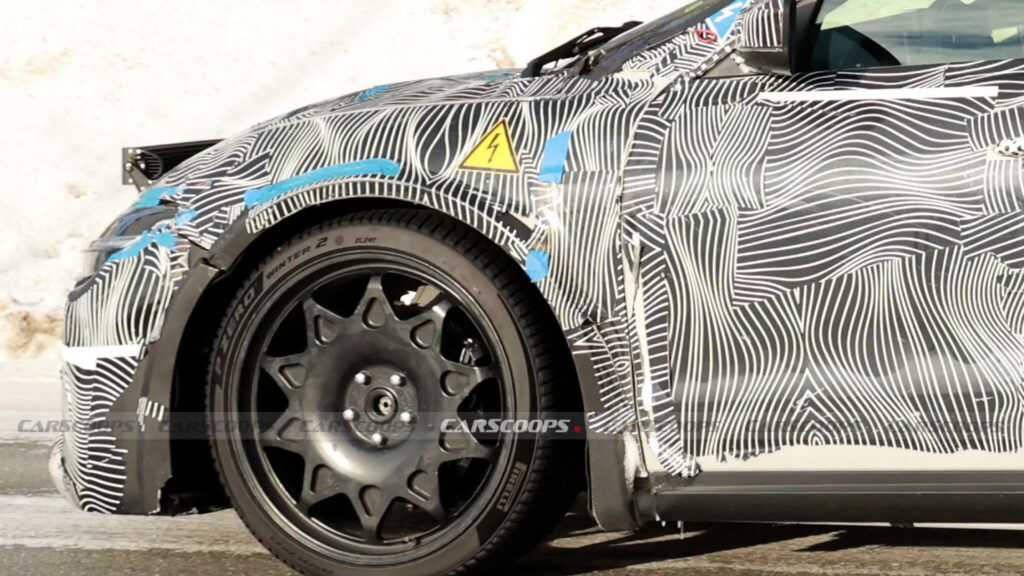
Mercedes new hatchback to replace A Class with both electric and petrol options in...
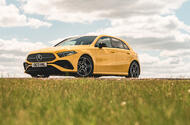 Hatch set to be unveiled in 2028 when A-Class bows out; will share MMA platform with CLA and incoming GLA
Hatch set to be unveiled in 2028 when A-Class bows out; will share MMA platform with CLA and incoming GLA
Mercedes-Benz has approved plans for a new entry-level hatchback that will indirectly replace the A-Class when it is axed in 2028.
The move represents a significant reversal of the German marque's recent new model strategy, which heavily favoured more expensive offerings positioned further up its line-up.
Insiders have told Autocar that the new five-door model will be the fifth bodystyle based on Mercedes' versatile new MMA platform, following the CLA saloon, CLA Shooting Brake and incoming GLB and GLA crossovers.
The new hatchback will be sold with choice of both combustion and electric drivetrains to target the upcoming Audi A3 and BMW 1 Series.
It will therefore effectively fill the gap that will be left by the existing fourth-generation A-Class – a car whose life was extended to 2028 following pressure from its global dealer network amid continued demand.
Autocar understands the new hatchback will be unveiled around the same time as the A-Class bows out, with sales to begin soon after.
While the new car's final design remains under wraps, insiders have suggested to Autocar that the new entry-level Mercedes may retain a traditional hatchback silhouette and share key dimensions – including track widths and wheelbase – with the third-generation GLA crossover (pictured below), due to be launched in the second half of 2026.
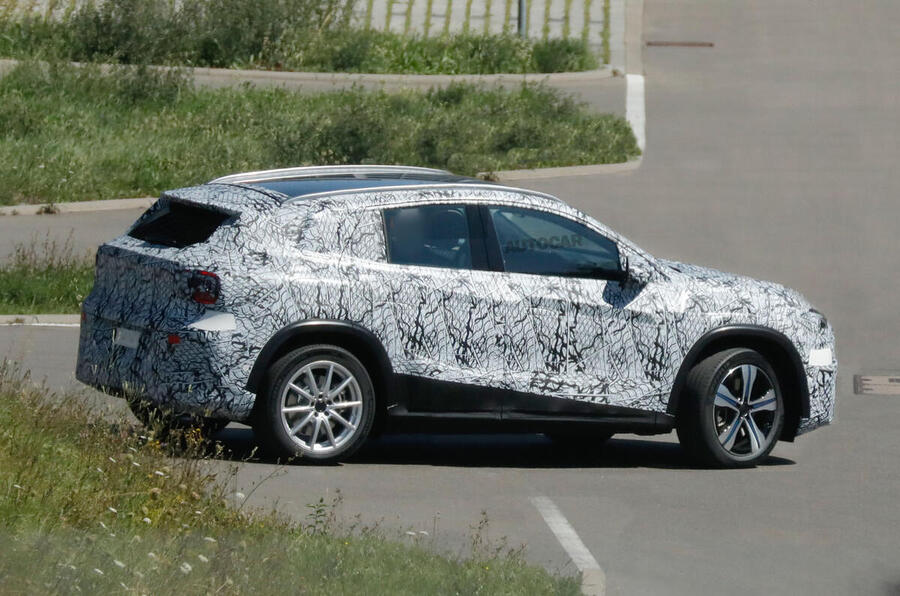
Indeed, the choice of the MMA platform is critical to the hatchback's business case. Capable of accommodating both ICE and EV drivetrains, it provides crucial drivetrain flexibility amid uncertain EV adoption rates in key global markets, allowing Mercedes to avoid the cost of developing a dedicated EV platform.
The new hatchback will enter a fiercely contested segment, battling established rivals while also facing pressure from the upcoming Volkswagen ID Golf.
This news signals a clear retreat from the luxury-focused model strategy championed by Mercedes CEO Ola Källenius over recent years. That approach, which prioritised high-profit models over volume sellers in mainstream segments, was called into question after the German firm's half-yearly results revealed a 6% drop in overall global sales, driven by a significant 19% decline in EV sales.
It is also a belated admission that this luxury pursuit during the transition to electrification came a high price, namely market share. The new hatchback is not just a strategic reversal but also an acknowledgement that, in uncertain times, drivetrain flexibility and volume are now more crucial than pure profit margin.
Toyota Teases Mystery Project With Lexus and Century Ahead of October Reveal

Hellcat Prowler Manual Swap Turns Heads with Wild Performance
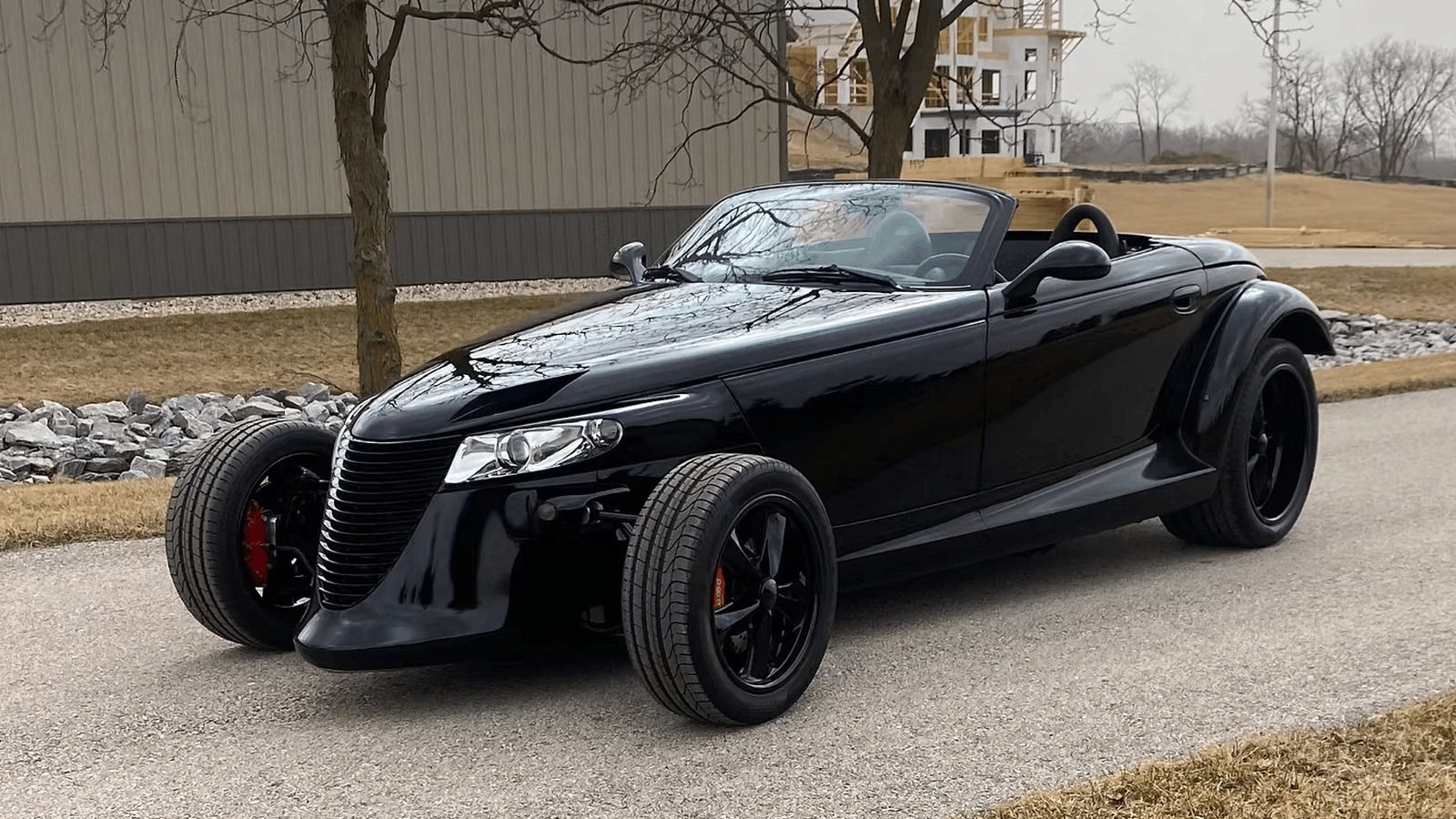
Volvo EX90 Gains Key Safety Upgrades and Faster Charging with 800V System
 Hardware and software upgrades also bring 800V electrical system for MY26 examples of electric SUV
Hardware and software upgrades also bring 800V electrical system for MY26 examples of electric SUV
Volvo has given the EX90 major hardware and software upgrades, adding previously promised safety features to existing cars and boosting the electricals to 800V for 2026-model-year cars.
The software upgrade means the electric SUV gains an additional Nvidia Drive AGX Orin processor (in place of an older Nvidia Xavier chip) to run its 'brain', bringing it in line with the new ES90.
This boost in power to 500 TOPS (trillion operations per second) unlocks a host of additional safety features through the car’s lidar sensor.
This includes the ability to steer away from pedestrians and cyclists in the dark and come to a controlled stop if the driver falls ill. It also expands the car’s automatic parking ability.
While part of the MY26 update, the upgrade will also be available to existing EX90 owners via a free workshop upgrade, Volvo said.
It comes six months after the first EX90s were delivered to customers, sparking criticism that early adopters would need to wait for an upgrade before being able to use all promised safety features.
Speaking previously, engineering boss Anders Bell called it a “unique” situation where Volvo would be able to do the retrofit hardware update because relatively few cars would make it to market with that system.
Additionally, the new computing power unlocks the ability for bigger and more impactful over-the-air software updates. Volvo plans to launch four major software upgrades per year, alongside regular updates.
The MY26 EX90 also comes with the ES90’s 800V electrical system for its SPA2 platform – double the voltage in the current EX90.
This increases the battery's maximum rapid speed from 250kW to 350kW, meaning 155 miles of range can now be added in just 10 minutes.
The increase in speed is also achieved because the new system reduces heat generation during charging, enabling faster speeds.
What’s more, the new system is said be able to deliver faster acceleration, although Volvo hasn't disclosed a new 0-62mph time. The current car in range-topping Twin Motor Performance guise can achieve the feat in 4.9sec.
Volvo says the efficiency of the new system also means a smaller battery and motors can be fitted to the car, meaning less materials and a lighter weight.
No technical specifications for the MY26 EX90 have yet been disclosed. Pricing is expected to slightly rise on the £83,000 for the entry-level single-motor EX90.
Airbag inflators from China spark deadly crashes in US cars
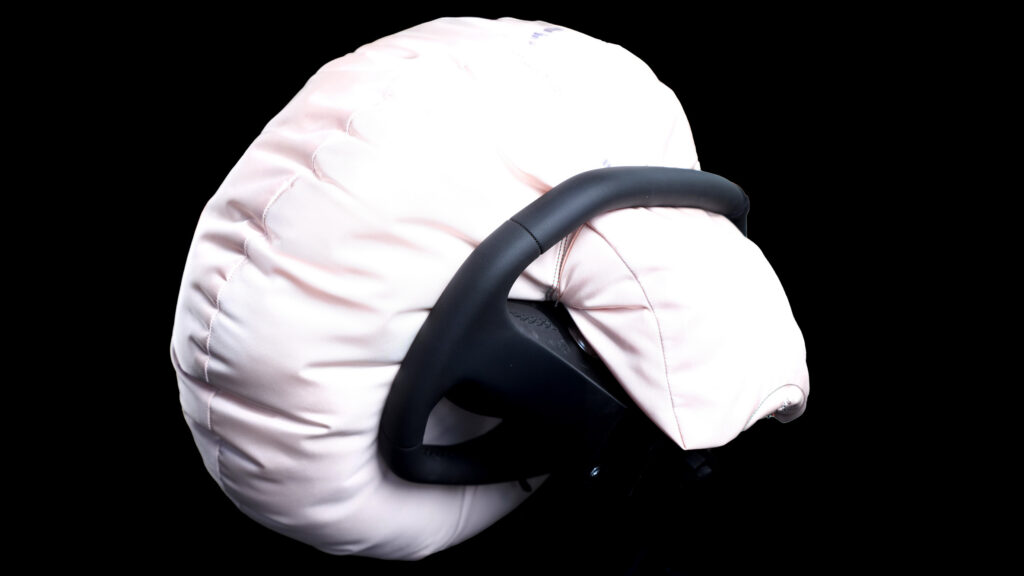
Hypercar Debut Zagato Unveils Retro Gullwing Masterpiece Limited to 19 Units
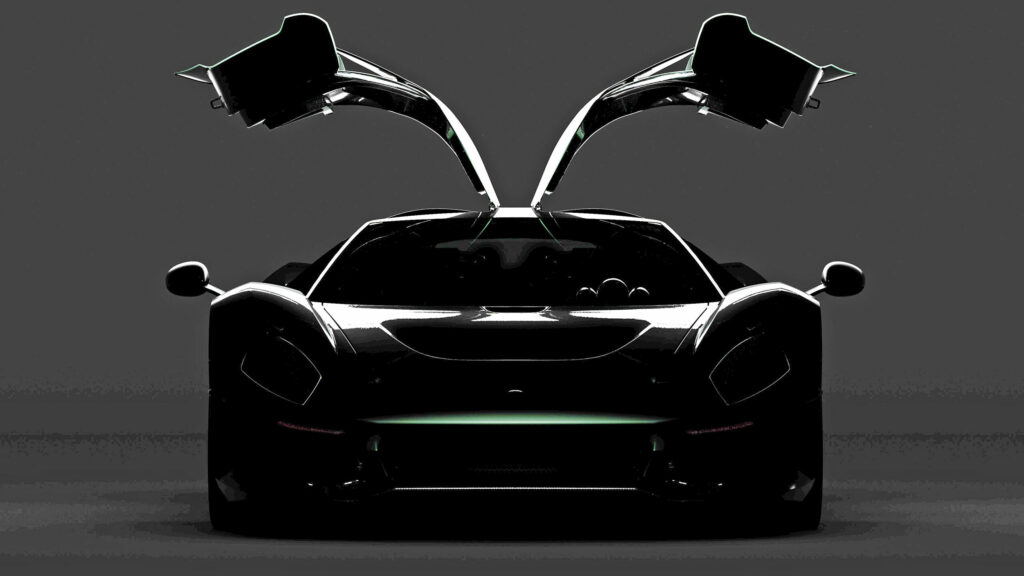
Porsche 911 Dominates as Rivals Disappear from the Sports Car Scene
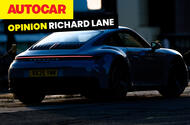 Some of you are sick of seeing the Porsche 911 in your feed
Some of you are sick of seeing the Porsche 911 in your feed
Fair warning: the next 750 words are going to be about the Porsche 911. Some of the readership thinks we cover this car too liberally, and they’re right, if for the wrong reasons. Why that is will soon become clear, but now’s your chance to click away and pretend none of this happened.
Still here? Much obliged. I’ve got 911s on the brain more than usual. It must be a result of a rear-engined diary concertina. In the past few weeks, I’ve driven RML’s Turbo S-based P39 prototype; I’ve been in Weissach to preview the new hybrid ‘dot-two’ Turbo S and have my innards torn up during a passenger ride; and I’ve done 1600 or so miles in the updated Carrera S.
The highlight of this triple-header is hard to call. The RML is a carbon fibre-bodied tip of the hat to the street-legal 911 GT1 Strassenversion, only with 50% more power and a literal tonne of downforce, plus road manners to match a factory-standard 911. It’s the answer to a question few are asking, but it is quite cool. Equally, sitting beside Jörg Bergmeister again as he peeled a Turbo S development car into a filthy great slide at 115mph – while asking how my day was going – was also cool. Actually, it was absurd. The same ride-along gave a colleague from another well-known mag the shakes, and he races stuff.
Then there was the Carrera S. Hardly the most memorable of cars, yet in the space of a few days it was able to serve up tail-out thrills on a West Country B-road, nail an indicated 202mph on an autobahn and crack through a 10-hour stint in Burmester-fed comfort with no small feeling of specialness. Yet it was not so conspicuously special that I got jittery leaving it in possibly Mannheim’s dingiest car park. If you want not just a sports car but an accomplice, here it is.
We write a lot about the 911 not because we are in Zuffenhausen’s pocket. Those pockets are emptier than usual, in any case. It’s because the 911 is an extremely good car. Not only this, but there’s also the depressing dearth of opposition to challenge it, which is a recent development.
This was a topic that I mulled often during those many miles in the new Carrera S. The competition: where the hell has it all gone? Not that long ago, the Carrera S, a showroom powerhouse derivative that generally accounts for about a third of all 911 sales, could be tightly cross-shopped with a great many cars: the Jaguar F-Type, Nissan GT-R, Lotus Evora, Mercedes-AMG GT, Aston Martin V8 Vantage, Audi R8 and Maserati Granturismo. Even Lexus was involved with the sensuous LC 500.
Now the Jag, Nissan, Lexus and Audi are all gone. The V8 AMG comes only with unnecessary 4WD. The pricing of the Aston and Maserati has gone to the moon. Unlike the Evora, the Emira has no rear seats and poor storage, and it’s on thin ice anyway. AMG is cooking up a CLE with a V8, but if it weighs less than a bull elephant, I’ll be amazed. The Corvette? Cracking car, and now made in RHD, but it’s just too flashy, isn’t it?
So we look to the BMW M4 CS. It’s a stunning machine: rapid, usable, and costs what the Porsche does. But is it not concerning that the closest rival to the Carrera S in terms of the crucial all-round package is an esoteric, extra-fruity M coupé that has no cupholders and isn’t exactly grown up? Improbably, Lexus may yet be our champion: it’s developing a V8 coupé to homologate a GT3 race car. This is the sort of activity we condone.
For now, the Carrera S feels like the last man standing. It has won the day; seen rivals eaten up and spat out – or simply transformed for the worse – by the economics of sports car making. It sounds like a dream scenario for Porsche, but it isn’t. Engineers love competition: they use it to improve their product and it prompts them to embrace their own engineering idiosyncrasies. Limited rivalry isn’t healthy for the 911, and the shelves of the affordable-ish, driver-focused 2+2 market being so shoddily bare is no fun for anyone.
We road testers particularly dislike a monoculture: it means smaller group tests, less variety, and assessments of steering feel, handling balance and the like begin to exist in a vacuum without points of reference from other companies who do things differently; sometimes ‘better’, sometimes ‘worse’. As simple creatures, we want hierarchy and context, dammit. So Porsche, keep doing what you’re doing. Make the Carrera S and co a bit lighter while you’re at it.
Everybody else, pull your bloody fingers out and give us something else similarly excellent – or we’ll have to prattle on about 911s.
BMW development speed surges with AI as Neue Klasse launches 40 new models faster...
